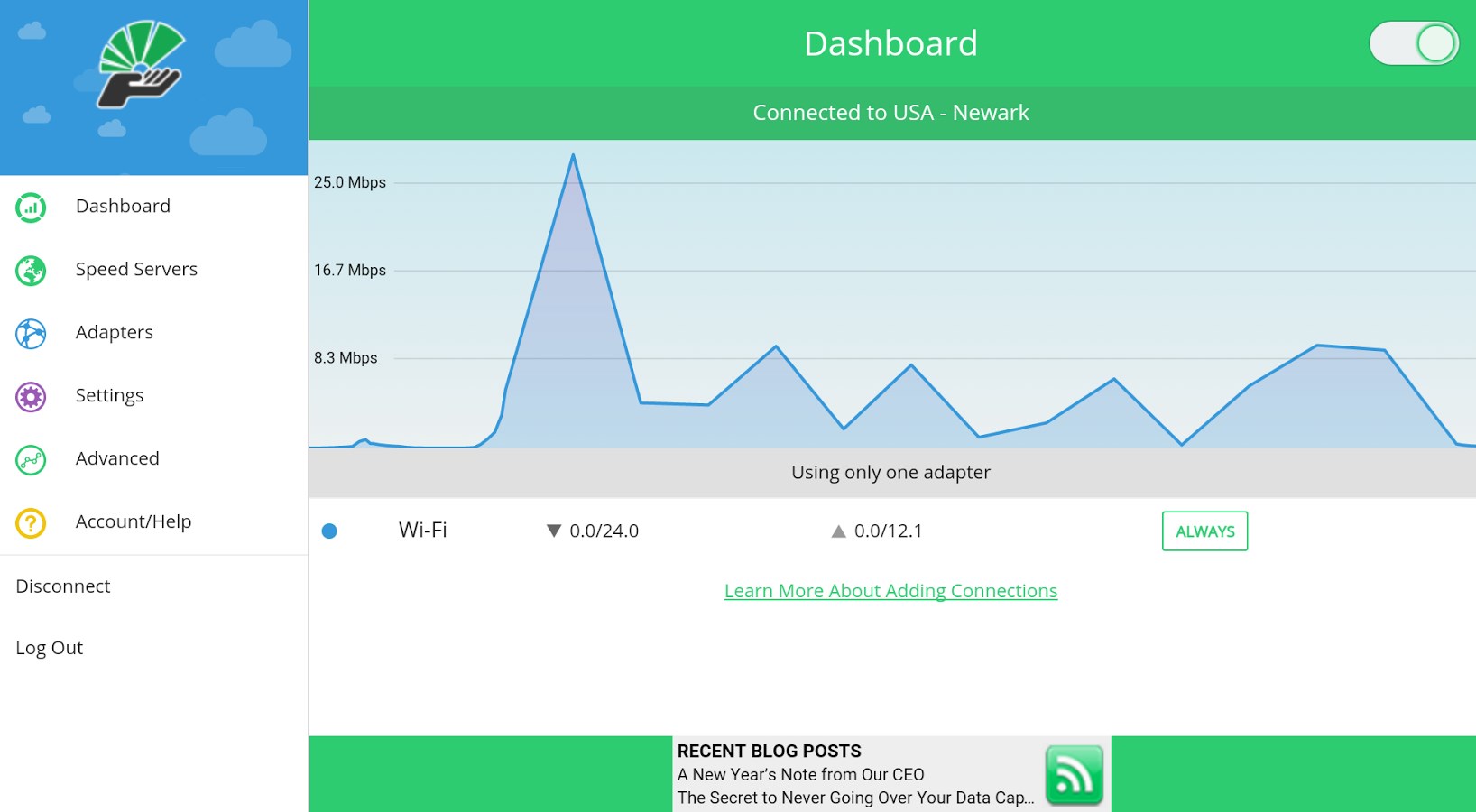

Thinking of it another way, their system looks like connecting batteries in a parallel circuit. They don’t say anything about the speed limit on that road. But, in fact, adding more lanes really only means that you can move more traffic. If you add more lanes, they say, the traffic can move faster. If you have a one-lane road and it gets busy, all traffic on that road slows down. In explaining how their product works, they give the analogy of a highway. Thanks for this link, ACE it looks interesting. And you pay quite a bit for this capability. So each port can (for example) belong to a completely separate IP subnet with independent sets of forwarding/filtering/security tables. This is in contrast with enterprise routers where each physical port corresponds to a port on the router chip(s). If you have more than one physical LAN port, there is almost always a dumb Ethernet switch used to fan-out that one port to multiple connectors. They use 2-port router chips - one LAN port and one WAN port (and maybe a third port for a Wi-Fi access point). I say 2-port consumer devices, because very few consumer routers have more than that. Which is very important if your have gigabit (or faster) service from your ISP.
#Speedify bonding slower full
Purpose-built routers (whether cheap 2-port consumer devices or more expensive enterprise devices) have hardware-forwarding chips that are designed to be able to keep up with the full line rate of all the ports. No disagreement with anything here, but you should be aware that software-based packet forwarding (especially on a microcontroller-based system like a Raspberry Pi) is unlikely to be able to keep up with full line-rate of a gigabit Ethernet interface.


 0 kommentar(er)
0 kommentar(er)
